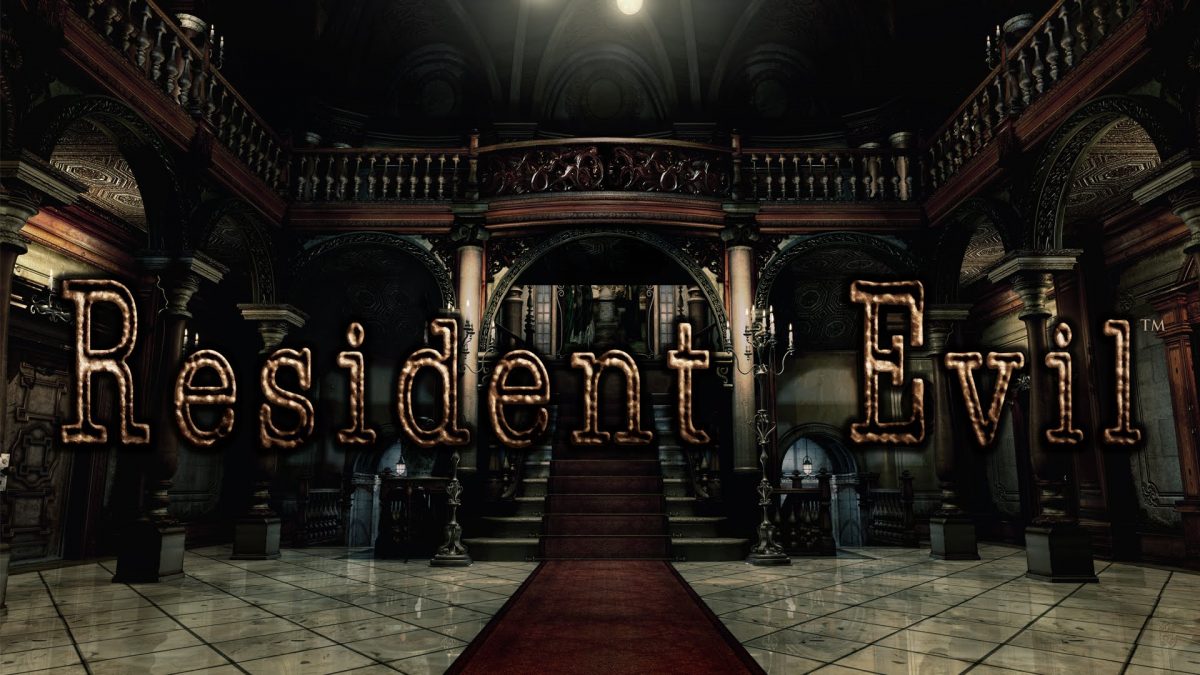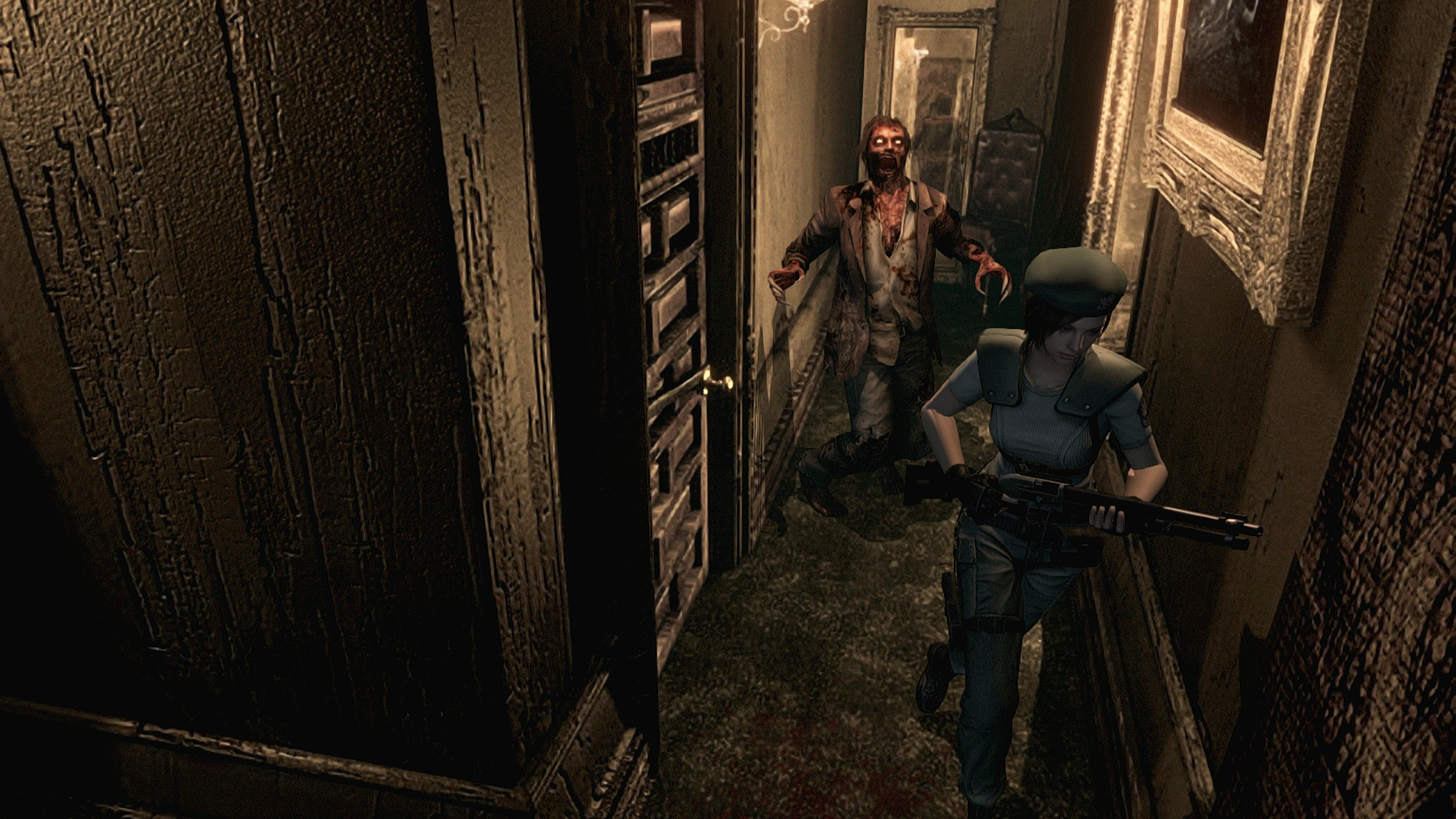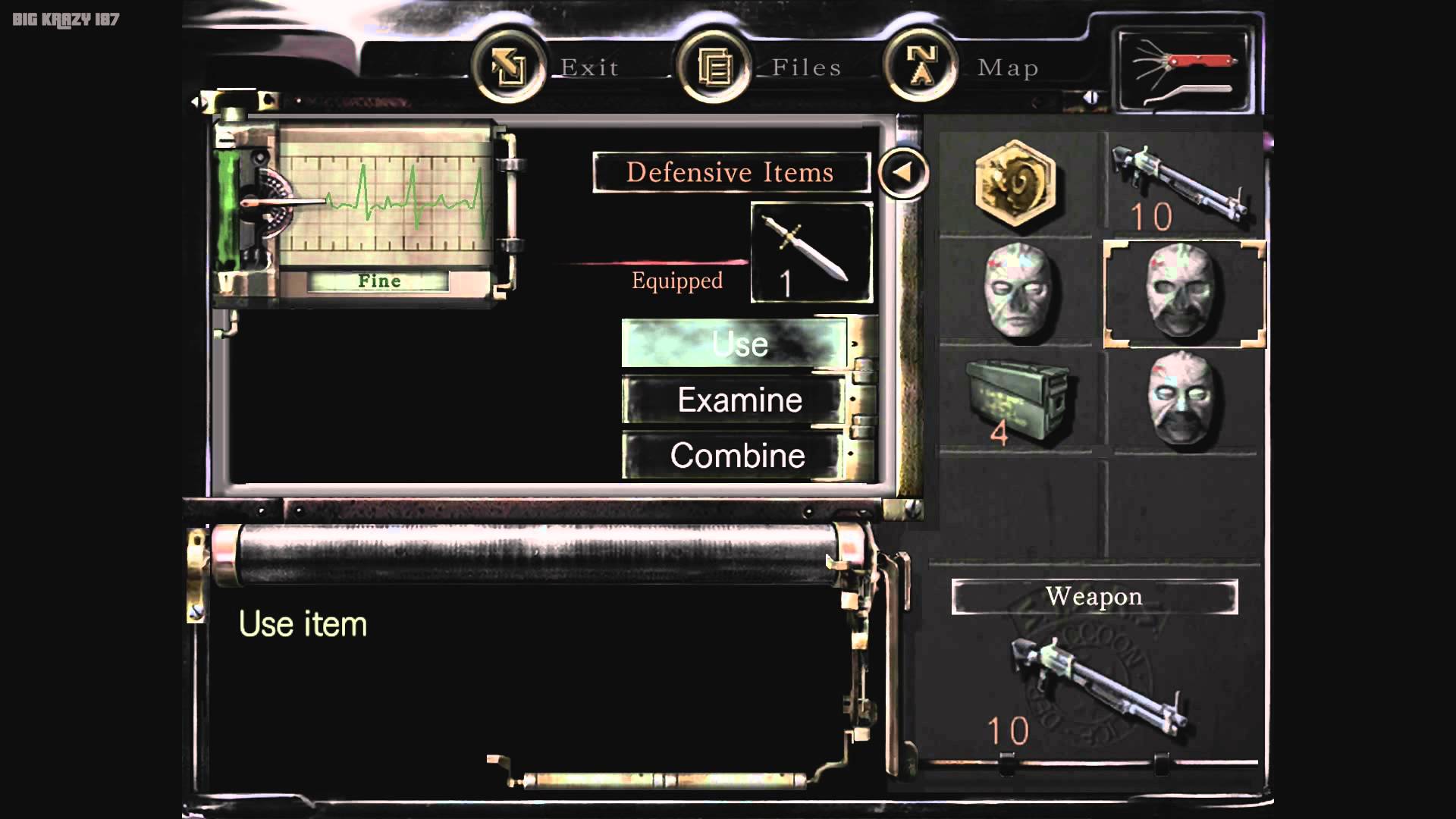One of the greatest games to have ever been produced is, without doubt, the original Resident Evil, it pioneered the survival horror genre and became a must have hit on the PS1. The series may have strayed far away from these humble beginnings but there are a lot of lessons that modern game developers could learn from taking a step back and reanalyzing it, or rather the remake that was released on the GameCube. The remake is the version of the game that has been modernized with HD textures for current generation consoles and for good reason, it has aged fantastically well.
Whilst the visuals may have received a few upgrades the core mechanics at the heart of the game remain the same, the central plot is unchanged and even the sometimes shaky dialogue is all still there, for better or for worse. This article will try to look at 3 of the great design decisions they made to really help amplify this game into a true horror experience and how game designers could learn from these features.
Environmental Enemy Indication
Indicators in a games environment to illustrate something might not be as it first appears are nothing rare, however, the way they are used in the Resident Evil remake is fantastic. Due to the prerendered background limiting camera manipulation to a fixed point of view the designers had to think outside of the box to give the player indications that danger might be near, a perfect example of this is shown in the image above with mirrors being strategically placed to show enemies around corners and to help add a layer of tension to the scene that could otherwise have devolved into a simple jump scare.
Modern games often forget about creating that sense of suspense using the environment and will rely on the basic jump scares to elicit fright from players. Really focusing on adding depth to a scene by adding props which could give the player even slight pause for concern should be a huge focus for any developer looking at creating a horror experience.
Restricting Save Points
Saving in games has long since changed from the time Resident Evil was developed. Gone are the days of save points and restricted saving and in are the days with unlimited autosaving at every step (for the most part). While this has helped players in the sense that they no longer need to carry on a play session until they find the next save point, I feel this has removed a lot of the risks associated with playing a horror game. Why care if you die in the next enemy encounter when you can simply respawn at the last checkpoint? It removes a lot of the thought process that players used to have with regards to taking on enemies in survival horror games and I think it has hurt the overall experience.
Game developers need to think carefully about how they handle saving in their games if they want to craft an experience that engages players in a similar way to the horror classics. Whilst not necessarily needing to fully revert back to the traditional system of hunting for an in-game resource which would allow players to save, considering removing the modern convenience of autosaving and limiting saves to certain conditions can go a long way to making a player feel more immersed with your game.
Item Examining
One of the core mechanics of Resident Evil was the ability to examine items you picked up in order to obtain different items that may have been otherwise hidden, this meant that a player needed to take notice of the information the game was giving them with regards to what was required where. It also meant that just picking an item up wasn’t sufficient, the player often needed to examine an item to gain the ability to do anything useful with it.
Enforcing this type of interaction with the items you pick up throughout the game can often create a bigger sense of involvement for the player which once again helps further immersion. A drawback to this approach is sometimes the information can be lost on a player which can lead to situations where a player is left stuck. Many modern games rely on only a player having picked up an item rather than having had them do anything with it. This leads to every item being forgettable and just another checkbox on a list to tick off.
Conclusion
The point this post was trying to make is not that Resident Evil was perfect and without flaws (it definitely had many), but that lessons can definitely be learnt by looking at older games. Many great lessons from the classics of genres have long been forgotten and could well do with being resurrected. If you are a game designer and you haven’t played Resident Evil I would highly recommend doing so.
Also published on Medium.



